SupremePunk #074
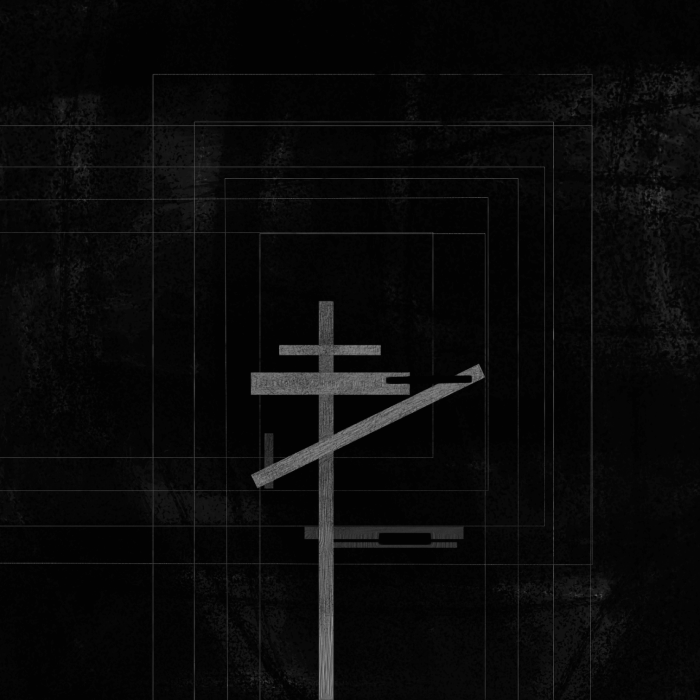
Suprematist Death
This Punk is inspired by CryptoPunk #689 and artworks of Malevich. This painting is inspired by the work of Kazimir Malevich and the many crosses in his paintings. The idea is taken from mystification and people's idea of what happens after death. The theme of the afterlife is one of the most important in philosophy. Many creators refer to it to this day. SupremePunk is executed in a mixed technique, the cross is painted with acrylics and the background is made with a pastel gradient. The square format of the painting makes the composition stable, calm and static. The image of the cross is emphasized not only by the contrasts of colours, but also by the curved lines in the background. The image of the painting inspires calmness and coldness, which refers the viewer to the theme of statism and the peace of life after death.
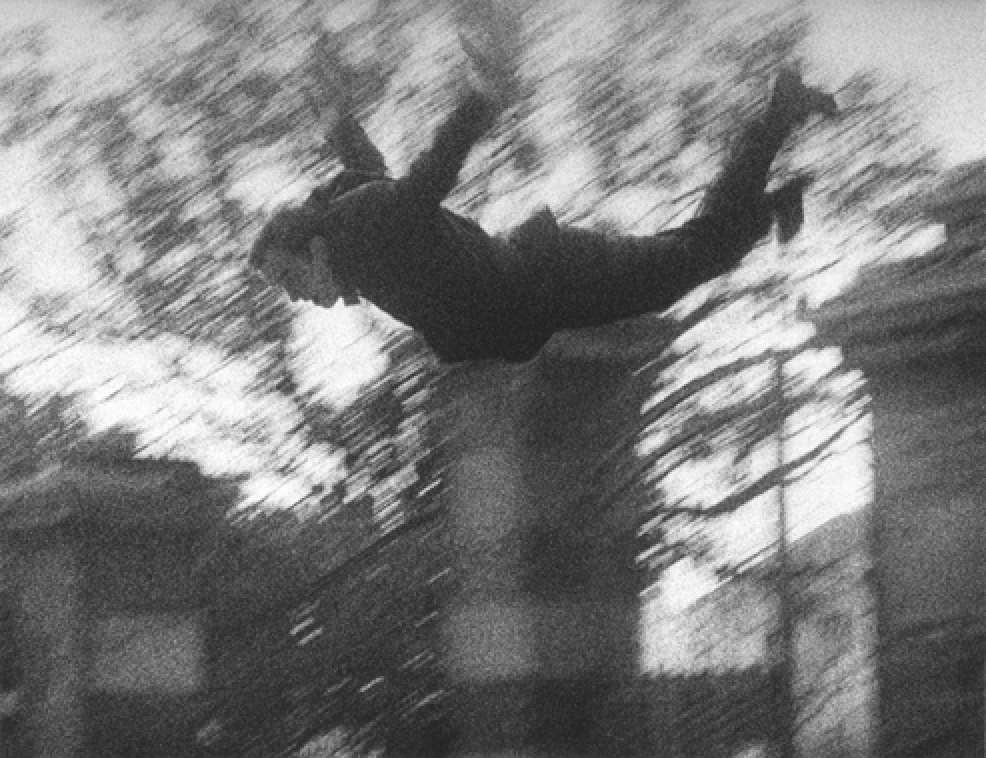
Y. Klein — Leap into the Void, 1960
There are two opposing strategies for how one can die in art. One is suicide. And sometimes works in which suicide is staged read as prophetic, such as Yves Klein's famous photomontage "Leap into the Void" (1960), which shows the artist jumping out of a window
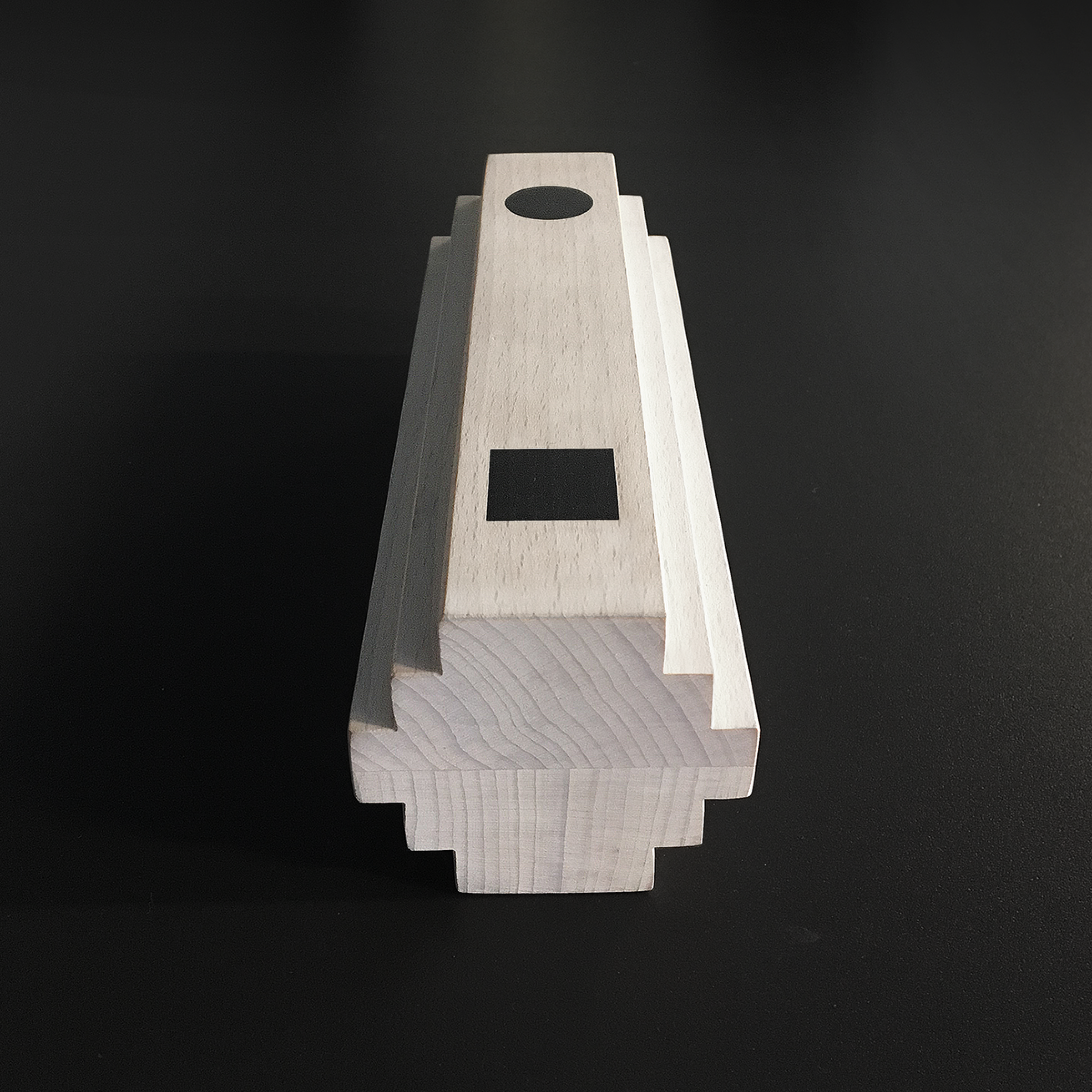
Suprematist coffin
If suicide is the lot of tragic loners and to a greater or lesser extent a reproach to themselves and their ununderstood contemporaries, the concern for their own funeral is a confirmation of the status of a master achieved during his lifetime: to design a funeral rite for yourself, you should be sure that crowds of adherents and admirers will come to say goodbye to you. Kazimir Malevich, who designed his own suprematist coffin (based on the sketch made by his follower Nikolai Suetin), conceived a burial, worthy of the founder of not even a new direction in art, but a new doctrine. "Black square" was placed at the head of the coffin, like an icon (and then the same Suetin created a tombstone for Malevich in the form of a black square).
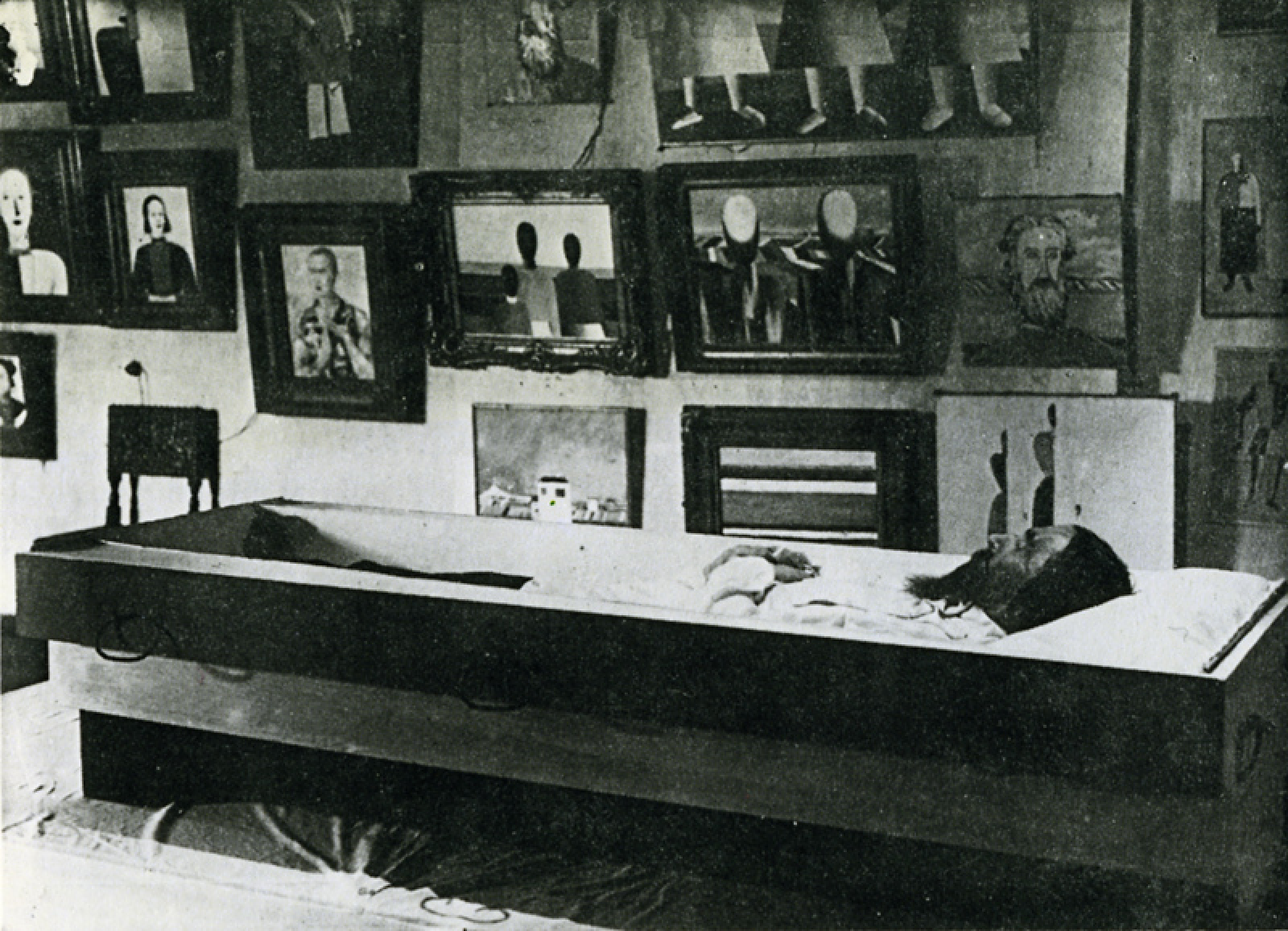
Malevich in the Suprematic coffin
But Malevich's plan did not come to fruition. The artist seemed to have conceived a cross-shaped coffin, in which he was to rest with outstretched arms, wearing a white shirt, black trousers and red shoes. But Suetin rejected such an obvious reference to Christian iconography, smoothing out the outline of the cross in the suprematic sarcophagus.
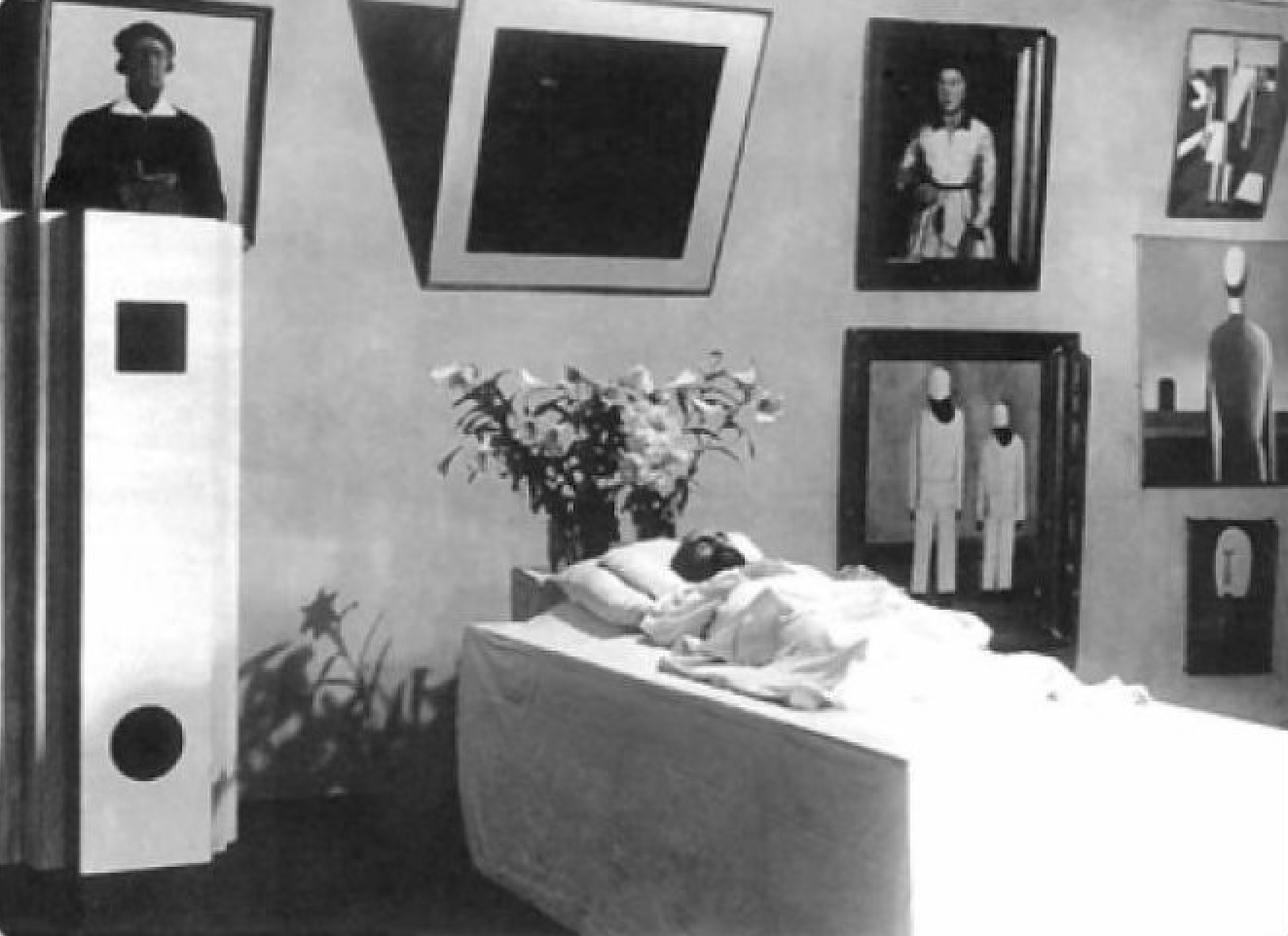
Malevich in the Suprematic coffin
The cross in Malevich's paintings was a strong image which became one of the outstanding parts of Suprematism. This cross became the master's guide to the afterlife. In the theory of Suprematism, the square was transformed by movement into "black cross-shaped planes" - one of the three original Suprematist figures, whose inherent meaning for the most part exceeded their visible material embodiment.
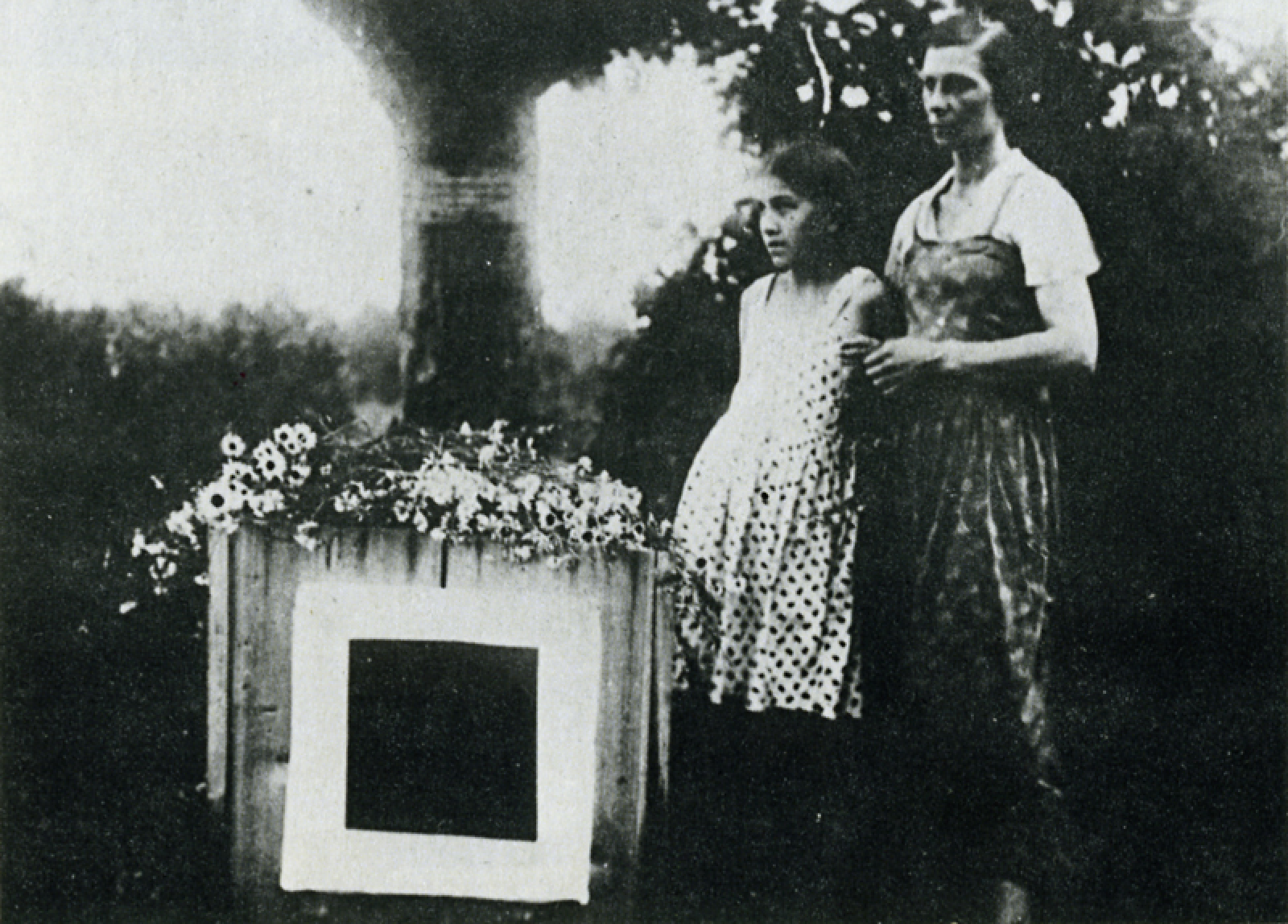
Farewell to K. Malevich
"Black Cross" marked the birth of another, new form of complex construction from zero form. SupremePunk reinterprets Malevich's image of the cross and its rebirth from "zero form".
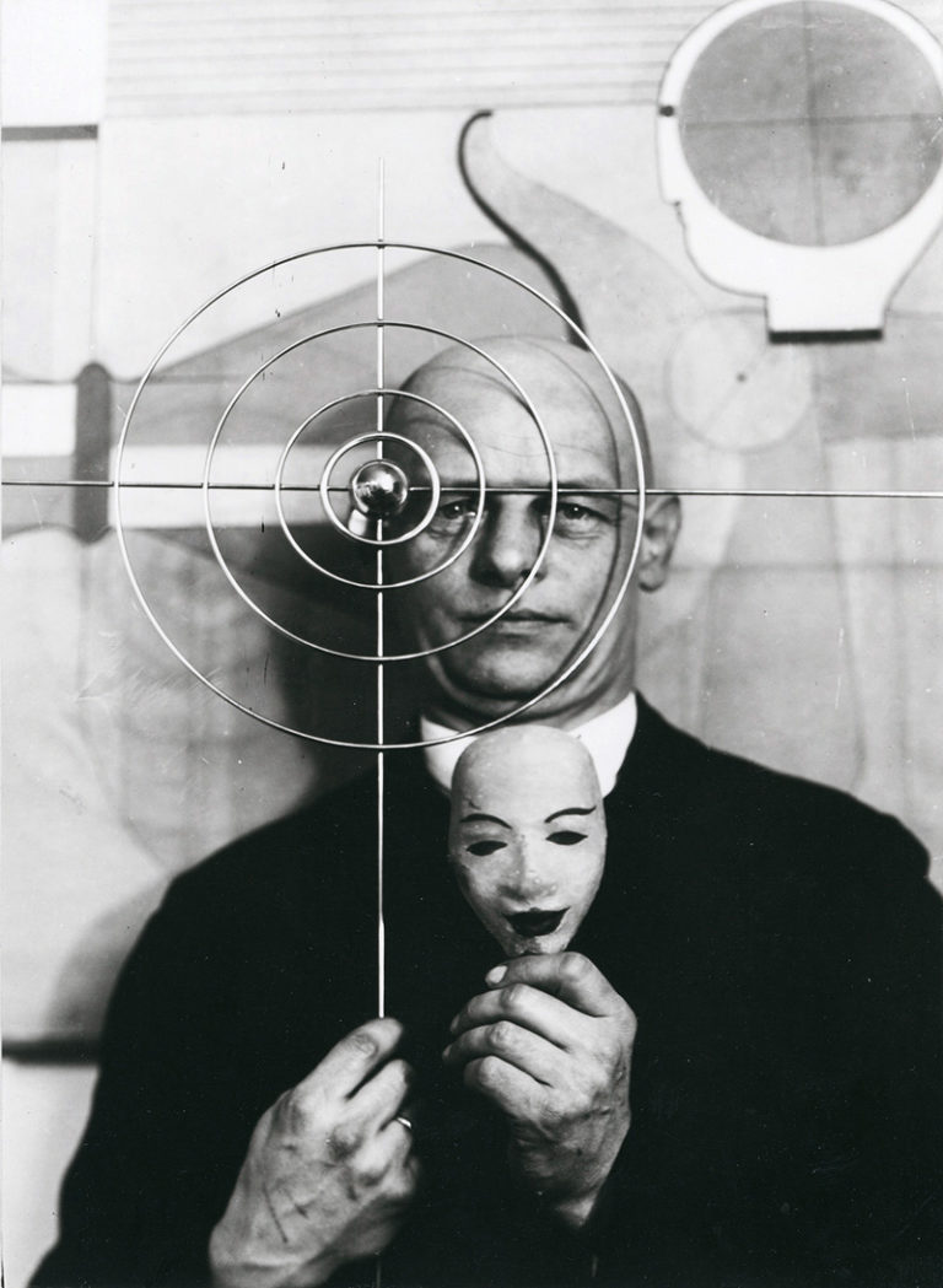
Oskar Schlemmer
When you look at the painting for a long time, you get the feeling that the composition is a shot frozen in time, which in time must continue the course of its time. Experimental theatrical productions of the 20th century used a similar technique. The 20th century was generous with artistic experiments, performances, interweaving of different kinds of art, plotless, symbolic, abstract and provocative actions. But for all this defiant variety, there is one theatrical production from a century ago that still looks avant-garde and daring. These are tiny productions, now called Bauhaus Dances, which were conceived and created by Oskar Schlemmer. Oskar Schlemmer was not a dancer, nor did he study choreography - he was an artist and sculptor. He perceived the possibilities of stage practice as a new artistic method: the stage gave him a unique opportunity to use colour and form in a dynamic way. Unlike the static arts (sculpture, painting, architecture), stage performance added a fourth dimension to the work - time.
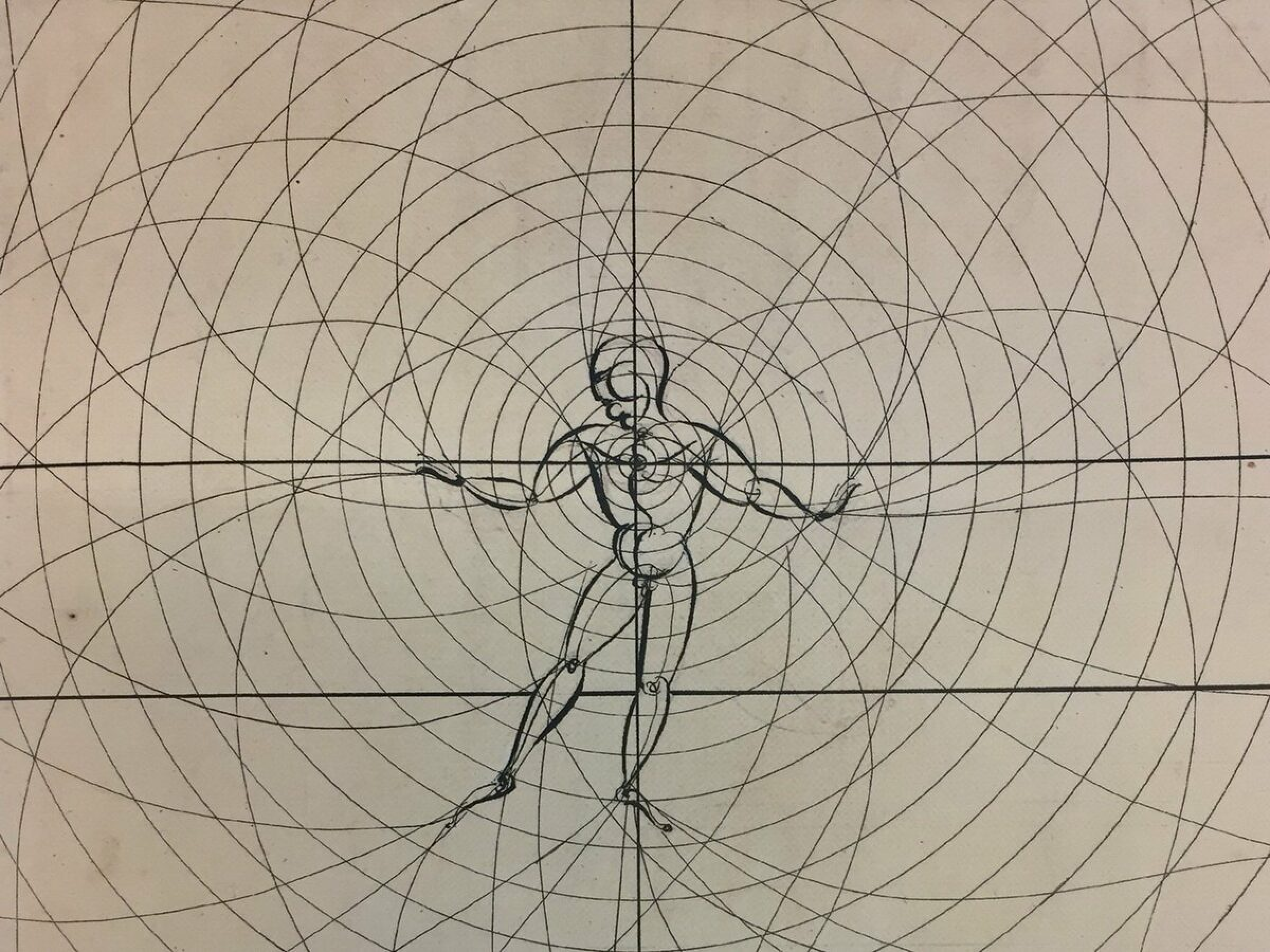
performance sketch for Bauhaus dance
Each "Bauhaus dance" lasted a few minutes - and continued the same theme of human existence in space. The Pole Dance, the Dance of Gestures, the Dance in Space, the Dance in Planes were small theatrical sketches, most often for three dancers. Staves were fastened to the arms, legs and torso to make their extremities at least twice longer. The dark costume on a dark background made the person invisible - and the sticks folded into geometric moving patterns from his dance. "Dance in space" looks like a visual demonstration of some elaborate scientific calculation about the speed of movement and the intersecting trajectories of moving objects.
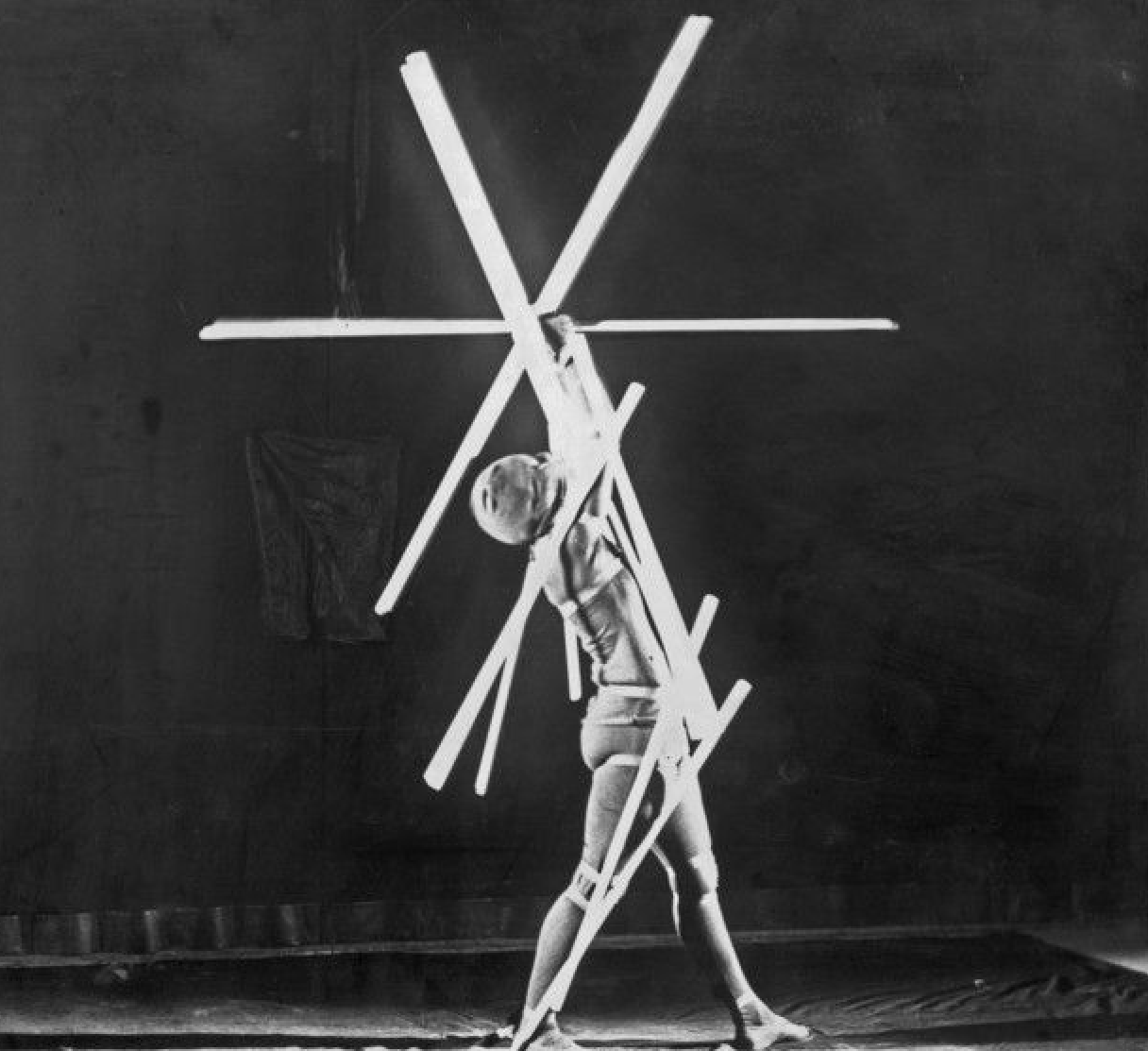
Bauhaus dance — The dance with the poles
Like the dances of Oscar Schlemmer, SupremePunk #074, frozen in time, reveals unique forms. They add up to an overall picture that refers us to eternal and unsolved questions.

Buy

Gallery:
CryptoPunk #689 that has been taken as a base

Your transaction is in progress

You have connected to the wrong network

Transaction is successful!


